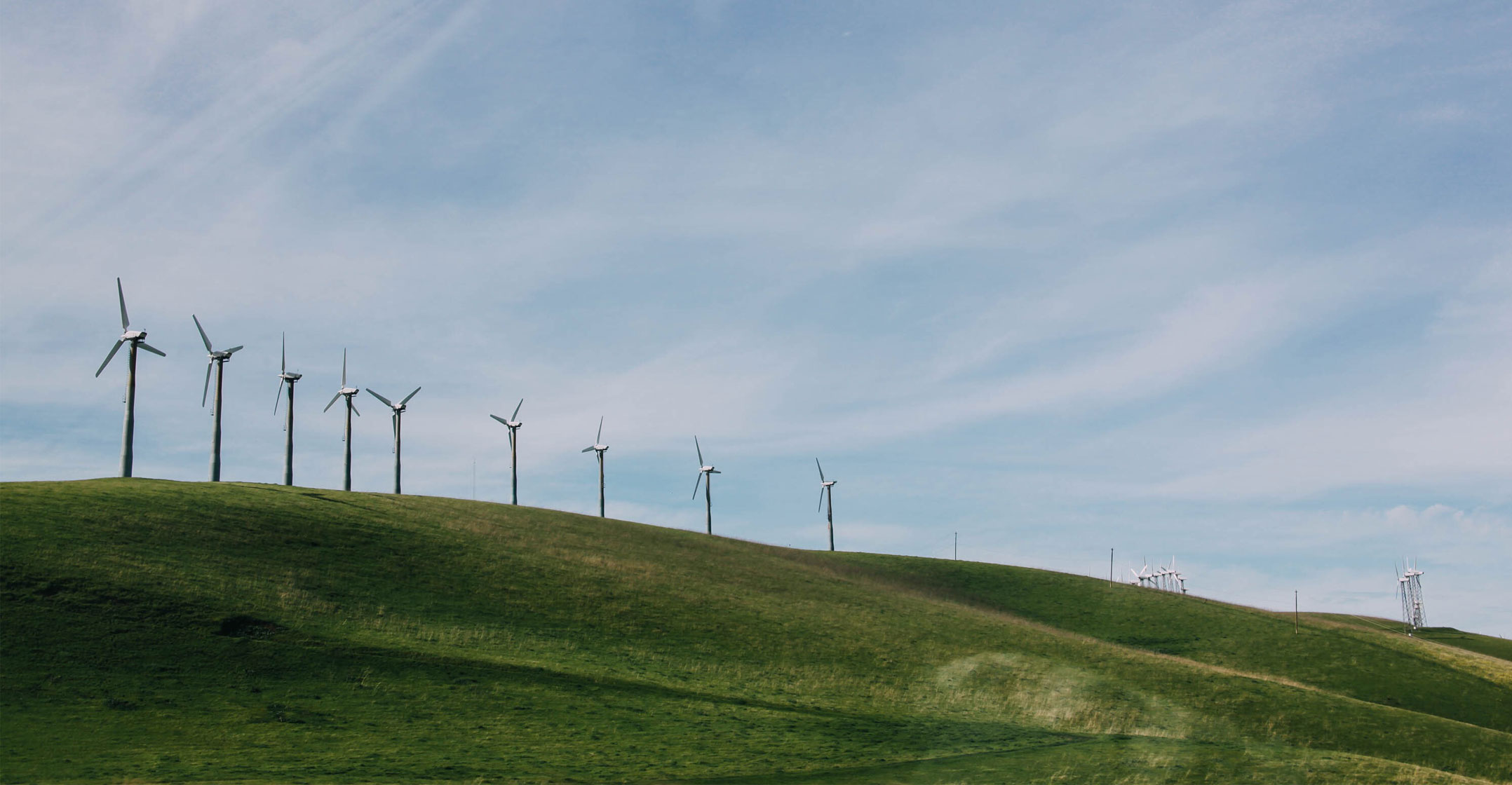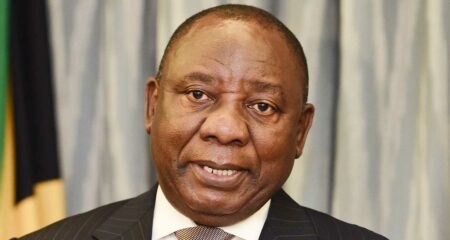 Positive environmental news is rare. All the more reason to cheer an effort that might see wealthy nations help South Africa curb its coal addiction.
Positive environmental news is rare. All the more reason to cheer an effort that might see wealthy nations help South Africa curb its coal addiction.
If the deal goes through in the right form, it will offer a lifeline for a nation struggling to reduce its heavy dependence on the dirtiest of fuels. No less importantly, it will be a model for the sort of support that can be extended to other coal-reliant emerging economies juggling green pressures, urgent development needs and grim fiscal realities — and without which the world cannot reach its climate goals.
South Africa’s economy was sputtering even before Covid-19, with a negative per-capita growth rate and unemployment running at nearly 30%. The pandemic made everything worse and left the government struggling to rein in its debt. At the heart of this crisis is creaking, coal-gobbling state-owned power utility Eskom, which has created a crippling burden for the guarantor of much of its debt and crowded out greener, often cheaper, alternatives.
As a middle-income economy, South Africa wouldn’t normally qualify for concessionary finance and the near-US$5-billion of grants and other support on the table in discussions with envoys from the US, Britain, Germany, France and the European Union. But, with alarm bells ringing loudly and the Cop26 climate talks weeks away, this is a long-overdue recognition of the role developed economies have to play in transition well beyond their own borders.
Without an additional boost, it’s clear that Eskom’s troubles would continue to drag, with more drip-fed bailouts to support a debt burden that currently sits at R400-billion, unmanageable with the company’s current cash generation. Those injections have already cost some R220-billion between 2008 and 2021. The shift to greener alternatives would be painfully lengthy and potentially socially devastating. It would be harder for South Africa to end power cuts that have already cost billions in lost output. The world, meanwhile, would have to deal with the consequences of slow progress at a major carbon dioxide emitter.
Options
It’s not yet clear what exactly an agreement would involve.
There’s the option of traditional infrastructure finance, often favoured by multilateral institutions. This is closer to plans laid out by Eskom in August. At that time, it outlined the need for funding advanced on a “pay-for-performance” basis to invest in 8GW of projects, ranging from wind power to solar, hydropower and gas. That’s helpful capacity, but is unlikely to resolve Eskom’s debt or the wider social problems associated with energy transition in a country with vast wealth disparities, where coal is a major employer and supports more than 500 000 households.
Alternative plans raised by the deputy finance minister that focus on sovereign debt forgiveness in exchange for action risk simply rattling investors.
A more far-sighted — and potentially more portable — proposal comes from Meridian Economics, a Cape Town think-tank led by economist Grove Steyn, who sits on President Cyril Ramaphosa’s Economic Advisory Council. Long in the works and taking a wider view, it proposes what is essentially a loan with a climate concession element — a deal in which South Africa promises climate mitigation and social action, in return for inexpensive debt backed by developed country governments.
 The funds would not go to Eskom directly, but would be used to give the government the fiscal space to recapitalise Eskom’s unbundled component parts. It would reduce or eliminate the need for government guarantees, and allow the utility to turn to capital markets to fund what are ultimately viable infrastructure investment plans. The loan would also be used to help set up a “just transition” fund, to aid the economic revitalization of the coal-dependent Mpumalanga province, home to the bulk of Eskom’s power stations.
The funds would not go to Eskom directly, but would be used to give the government the fiscal space to recapitalise Eskom’s unbundled component parts. It would reduce or eliminate the need for government guarantees, and allow the utility to turn to capital markets to fund what are ultimately viable infrastructure investment plans. The loan would also be used to help set up a “just transition” fund, to aid the economic revitalization of the coal-dependent Mpumalanga province, home to the bulk of Eskom’s power stations.
With fewer guarantees necessary for Eskom, South Africa’s own borrowing position should improve.
Crucially, the proposal builds in a powerful incentive for compliance. Loans are provided at a market rate, but the ultimate cost is determined by South Africa’s achieved annual carbon savings, which are credited against its interest payments. Using $16-billion in loans disbursed over five years at an annual interest rate of 5.5%, Meridian estimates the rate could be reduced to 1.5% if commitments are met. At a carbon price of $7 per metric ton, mitigation benefits could save close to $7-billion over 25 years calculated on a net-present-value basis.
There are questions to be tackled when theory becomes practice. How exactly the just transition fund would work, for example
There are questions to be tackled when theory becomes practice. How exactly the just transition fund would work, for example, or how to avoid moral hazard pitfalls. But it’s a structure that succeeds by pulling in developed nations — Ramaphosa isn’t wrong when he says South Africa and others are “victims of what developed countries did in the past” — but leaving responsibility with governments and incentivising them to act.
It’s true a lot of South Africa’s problems are of its own making. Under Jacob Zuma’s administration, when more than R500-billion was stolen from state coffers, a bad situation at Eskom became catastrophic. Unions and other entrenched interests have blocked change: The energy minister last week was still advocating carbon-capture technologies to avoid “sterilising” coal. That’s a position the government needs to resist.
The reality goes beyond a moral duty for developed nations. There is also economic logic to having richer countries provide financial assistance to get developing ones away from economic choices that create lasting financial and social damage, even if there are difficulties.
‘Difficult’
Bard Harstad at the University of Oslo, who has written extensively on supply-side environmental policies, points out that commitments made by one government may not be followed through by others, or actions reversed after the period of the agreement ends. “It is difficult to tie the hands of the next government, therefore it can be difficult to make credible promises on what to do in the future, in return for payments now,” he points out. “Another problem is free riding between multiple countries in the North, who all benefit from the action.”
Those will have to be weighed up. And even if South Africa can reach a credible deal, others — India, Indonesia, Vietnam, let alone China — would not be able to simply copy and paste. But it does create a basis for a solution in which developed countries do not shirk responsibility, adequate incentives are built into necessary finance and markets are crowded in. That’s worth cheering. — (c) 2021 Bloomberg LP




